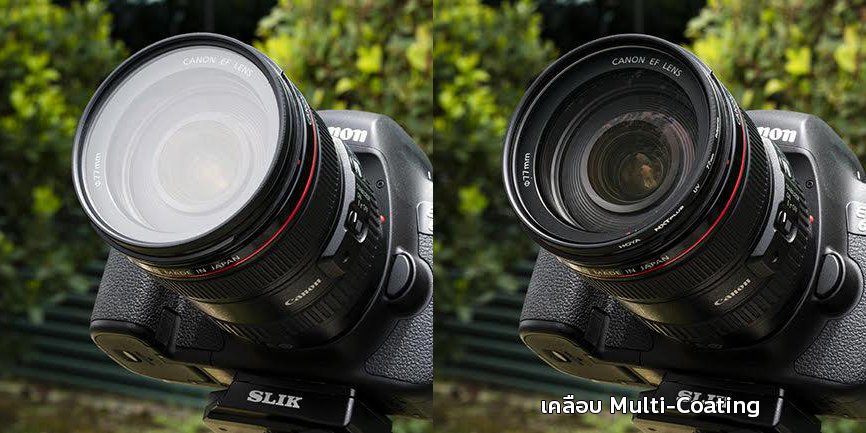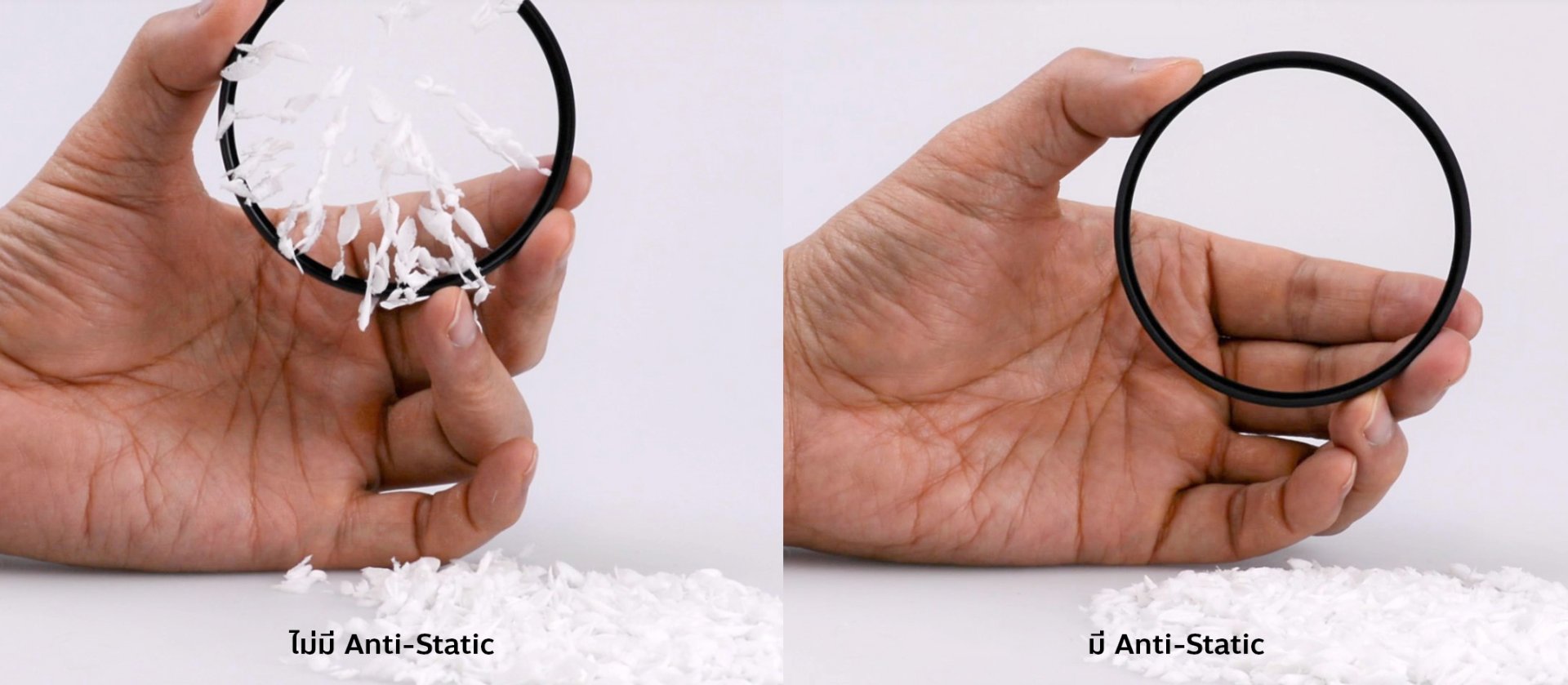A UV and Protection filters' main purpose is to protect the front part of the lens from dust, dirt, liquid, and scratches. It can also help improve contrast and detail at high altitudes by reducing UV Haze. This article will help you understand how the filter works and learn about what features are important when buying a good quality filter.

Photo by : Hoya Filter USA
All filter glass are not created equal and poor quality glass can affect sharpness, resolution, contrast and color. Inexpensive filters will use simple window glass, polish it, throw it in a frame and call it a day. Where the highest quality filters will use optical grade glass to ensure you see no difference in image quality from the unfiltered lens.

Photo by : Hoya Filter USA
Good quality multi-coatings, properly applied during manufacturing will increase the light transmission of the filter (more light passes through the glass) and reduce or eliminate reflections on the front and rear of the filter. More layers usually means better light transmission, but more also means increased cost.

As part of the multi-coating process manufactures will add premium coatings to enhance the function and durability of the filter. They are great features that also come with an increased cost. Filters will use none, some, or all of these features which include:
The frame is the outside ring that the filter sits in and allows you to screw it onto your lens. Frames are usually made from Brass or Aluminum. In our experience we find there is no particular advantage or disadvantage to either and both are a good material for the frame. Most filter frames come in 2 pieces; the base frame that the glass filter is dropped into and then a retaining ring that clips or screws in to hold the filter in place. This is the way most filters are assembled and is usually not a problem unless the retaining ring loosens or spins out completely. For this reason Hoya also uses a process called Press Fit.
A Press Fit filter frame is a single piece of aluminum (brass is to hard of metal to do this) that is expanded in a special press just enough to drop in the glass filter then released to create a solid single connection around the entire filter. This ensures the filter will stay in place and more importantly remains completely parallel to the camera's sensor plane when installed correctly onto the lens.
The thickness of the frame matters if you are using extreme wide-angle lenses 20mm or wider on a full-frame camera. Thin mount frames prevent the lens from seeing the actual filter frame in the image, also call vignetting. If you are using these types of lenses look for filters that claim to be "thin frame" or low-profile" frames.
0024066070517
Protector with chemically reinforced optical glass.
Sold 3 items
(Options available)
0024066070982
18-Layer Super Multi-Coated filter that repels dust and negates static electricity.
Sold 0 items
(Options available)
0024066071309
Your ONE and Only Protector
Sold 1 items
(Options available)
024066068460
Your ONE and Only Protector
Sold 0 items
(Options available)
024066055736
Best Lens Protection in History
Sold 0 items
(Options available)
024066060976
Repels Dust - 9 Layer Super Multi-Coating
Sold 0 items
(Options available)
024066040701
Protect your valued lenses
Sold 0 items
(Options available)
0024066070234
The Titan of Filters
Sold 0 items
(Options available)
0024066070425
UV-cut protector with chemically reinforced optical glass.
Sold 0 items
(Options available)
0024066070890
18-Layer Super Multi-Coated filter that repels dust and negates static electricity.
Sold 0 items
(Options available)
0024066071170
Your ONE and Only UV
Sold 1 items
(Options available)
024066065766
More than just hard glass
Sold 0 items
(Options available)
024066055408
Best Quality Filter in History
Sold 1 items
(Options available)
024066040749
A multi-purpose fine-weather filter
Sold 0 items
(Options available)